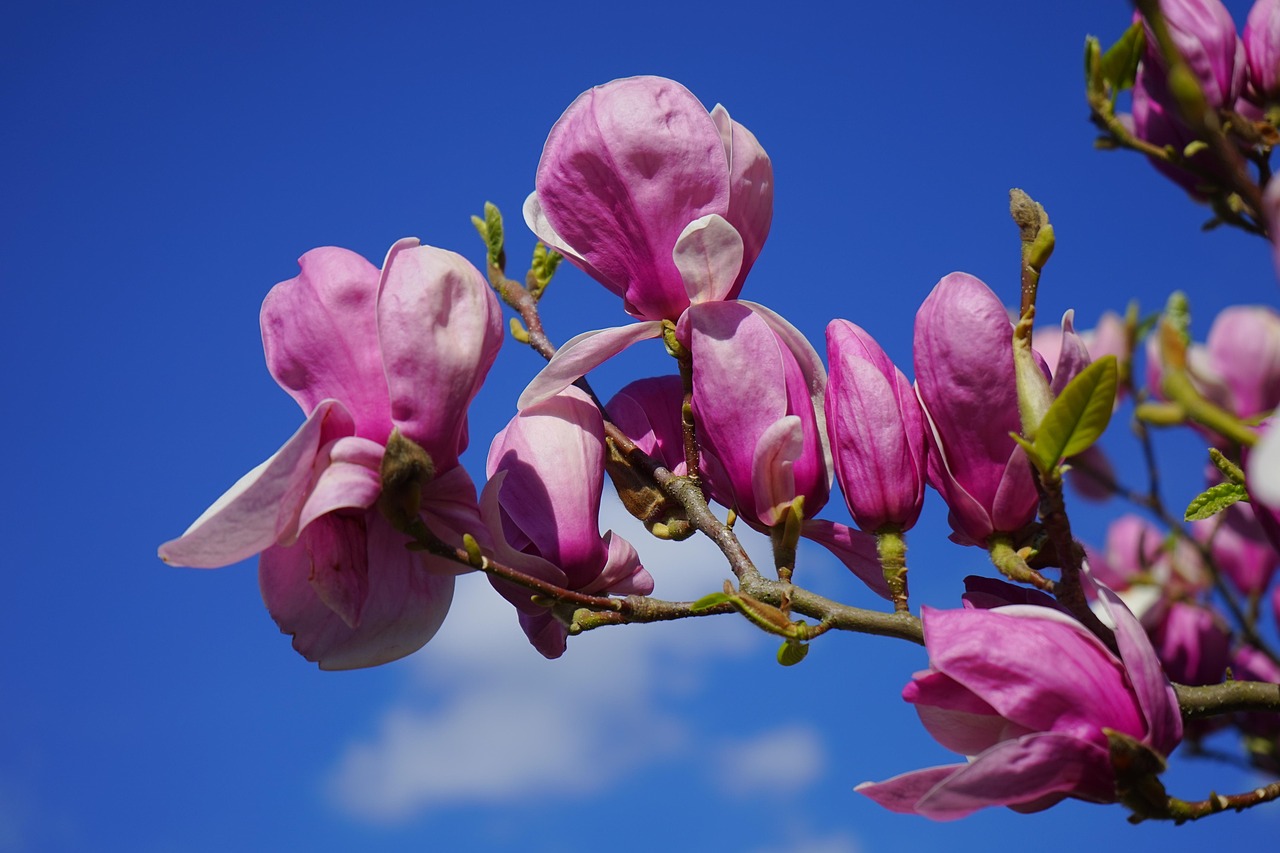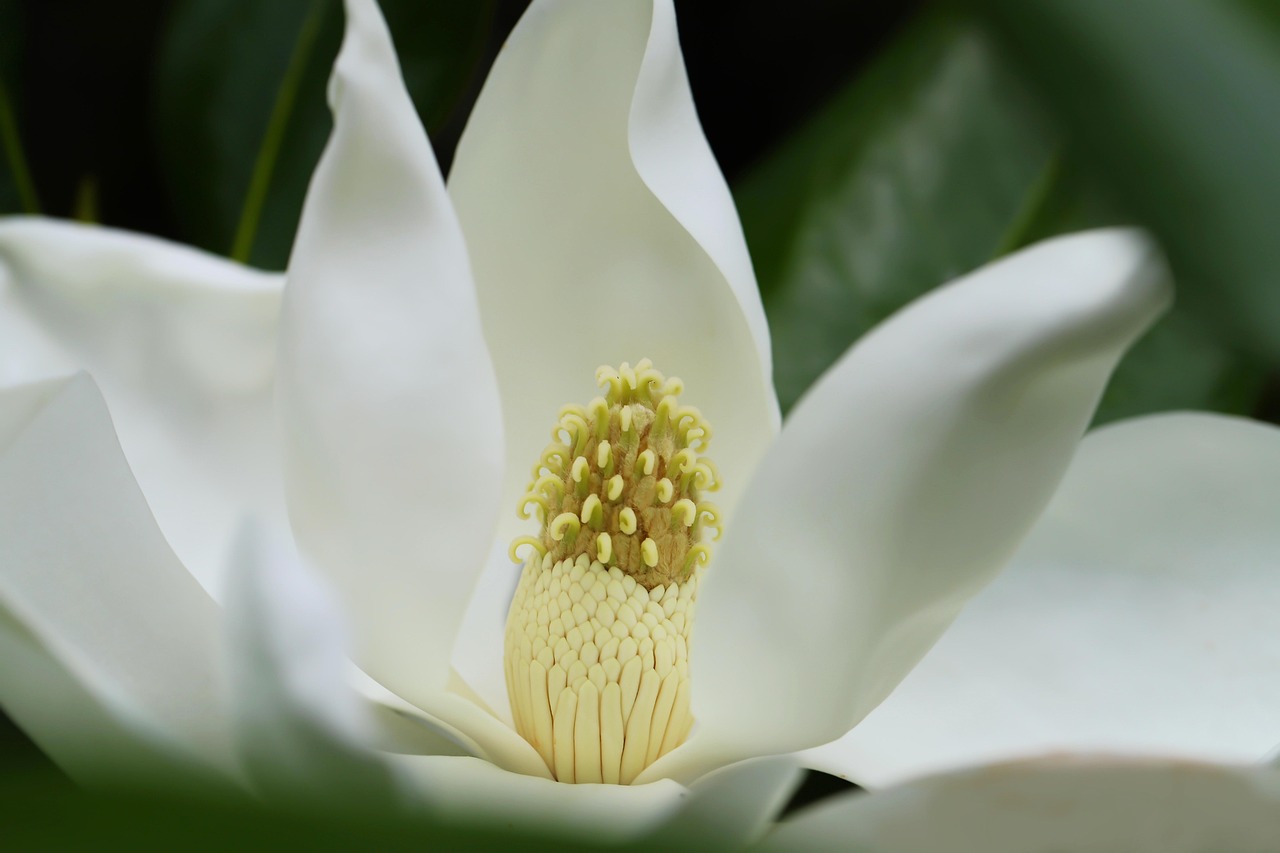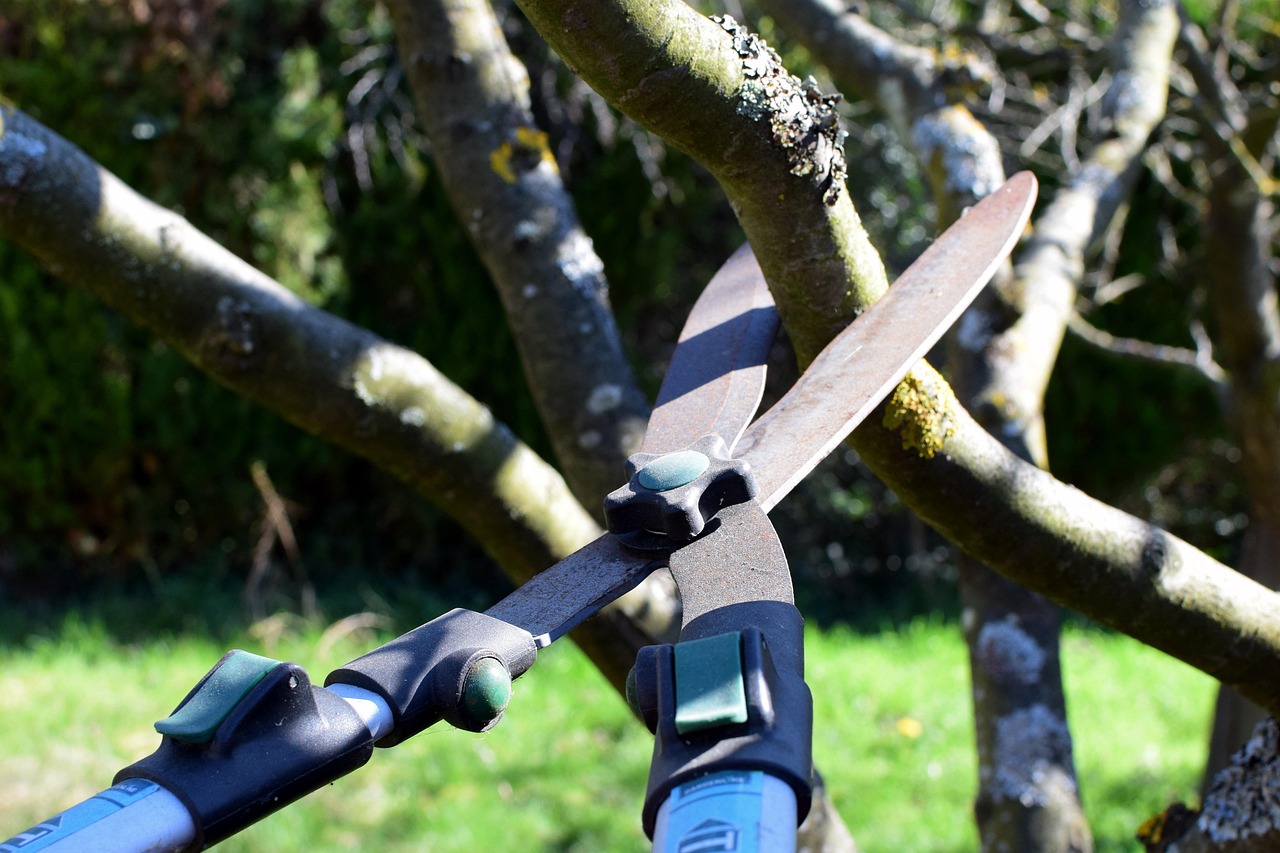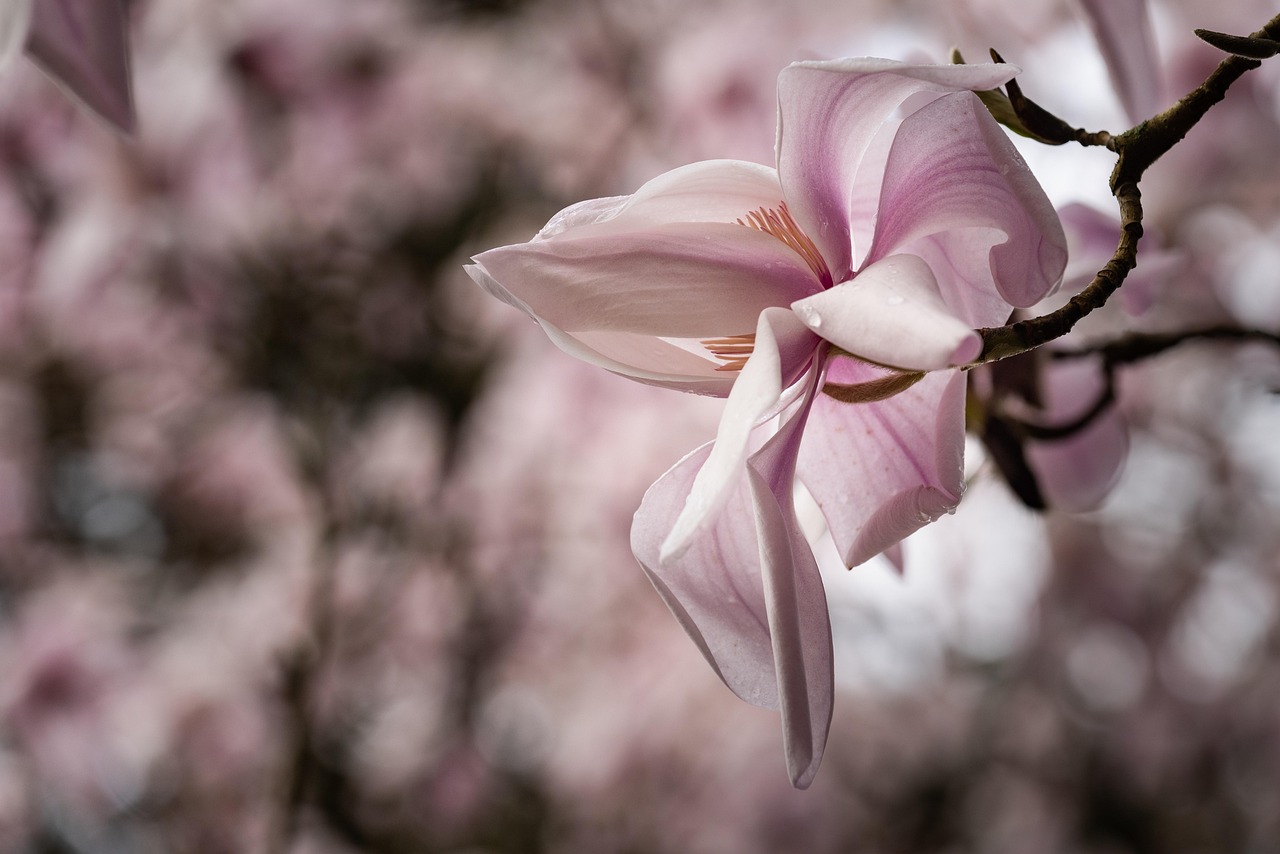Pruning magnolia trees effectively enhances their flowering cycles by removing dead or diseased branches, improving air circulation, and encouraging new growth. Proper timing and techniques are essential to ensure healthy blooms during the flowering season.
Understanding Magnolia Trees
Magnolia trees are known for their stunning, fragrant blooms. These trees belong to the Magnoliaceae family, which includes over 200 species. They are celebrated for their large flowers and glossy leaves. Native to Asia and the Americas, magnolias thrive in various climates and soil types, making them a popular choice for landscaping.

There are several types of magnolia trees, with some of the most common being the Southern magnolia, saucer magnolia, and star magnolia. Each type has unique characteristics and flowering habits. Understanding these differences is crucial when it comes to pruning them for optimal blooming.
Benefits of Pruning Magnolia Trees
Pruning is an essential practice for maintaining the health and beauty of magnolia trees. It serves several key purposes:
- Encourages New Growth: Pruning stimulates new growth by removing older branches that may hinder the development of younger ones.
- Improves Air Circulation: Properly pruned trees have better air circulation, which reduces the risk of disease.
- Enhances Flowering: By cutting back on overcrowded branches, you allow more sunlight to reach the inner parts of the tree, leading to improved flowering.
- Maintains Shape: Regular pruning helps maintain a desired shape and size, making the tree more aesthetically pleasing.
When to Prune Magnolia Trees
The timing of pruning magnolia trees is crucial for promoting healthy blooms. Generally, the best time to prune is:

- Late Winter to Early Spring: This is the ideal time for most magnolia species, just before they begin to bloom. Pruning during this time minimizes the risk of cutting off flower buds.
- After Flowering: For some varieties, like the saucer magnolia, pruning can be done immediately after flowering. This helps remove spent flowers and encourages new growth.
Pruning Techniques for Magnolia Trees
To effectively prune a magnolia tree, follow these techniques:
- Assess the Tree: Before starting, evaluate the overall health and structure of the tree. Look for dead or diseased branches.
- Use Clean Tools: Always use clean, sharp pruning shears or saws to make clean cuts and reduce the chance of infection.
- Remove Dead or Damaged Branches: Start by cutting away any dead or damaged wood. This promotes healthy growth and improves aesthetics.
- Thin Out Crowded Areas: If some branches are growing too close together, selectively remove a few to enhance air circulation.
- Avoid Heavy Pruning: Avoid cutting back more than 20% of the tree in a single season to prevent stress and encourage healthy regrowth.
Common Mistakes to Avoid
When pruning magnolia trees, there are several common mistakes to be aware of:
- Pruning at the Wrong Time: Avoid pruning during late summer or fall as this can remove flower buds that have already formed.
- Over-Pruning: Excessive pruning can lead to stress and poor flowering in subsequent years.
- Poor Cuts: Making jagged cuts can harm the tree. Always make clean cuts at a slight angle.
Magnolia Tree Care After Pruning
After pruning, providing proper care is essential for recovery and blooming. Here are some tips:

- Watering: Ensure the tree receives adequate water, especially during dry spells. However, avoid overwatering.
- Fertilization: Consider applying a balanced fertilizer in early spring to promote healthy growth.
- Pest Control: Monitor for pests and diseases following pruning. Early detection can help prevent serious issues.
Caring for your magnolia tree after pruning will help ensure it remains healthy and vibrant, ready to produce beautiful blooms in the coming seasons.
The Role of Weather in Flowering Cycles
The weather plays a significant role in the flowering cycles of magnolia trees. Temperature fluctuations can affect when and how well these trees bloom. Here are some key points regarding weather influences:
| Weather Factor | Impact on Blooming |
|---|---|
| Frost | Late frosts can damage flower buds, leading to reduced blooms. |
| Temperature | Mild winters promote earlier blooming; however, sudden cold snaps can negatively impact flowers. |
| Rainfall | Adequate rainfall supports healthy growth but excessive rain can lead to root rot. |
A thorough understanding of how weather affects magnolia trees will aid in planning your pruning schedule and care regimen effectively. This knowledge ensures that your trees produce stunning flowers year after year.

Pruning Techniques Specific to Magnolia Varieties
Different varieties of magnolia trees may require distinct pruning techniques. Understanding these differences can help you tailor your approach for better flowering outcomes. Below are some popular magnolia types and their specific pruning needs.
Southern Magnolia
The Southern magnolia, known for its large white flowers and attractive foliage, benefits from a specific pruning strategy:
- Timing: Prune in late winter or early spring before new growth begins. This timing ensures minimal disruption to blooming.
- Technique: Focus on removing dead or damaged branches. Thin out crowded areas to allow light penetration.
- Shape Maintenance: Maintain the natural shape of the tree. Avoid excessive shaping, as it can detract from its majestic appearance.
Saucer Magnolia
The saucer magnolia features stunning, tulip-shaped flowers. Proper pruning can enhance its flowering significantly:
- Post-Bloom Pruning: Prune immediately after flowering to avoid cutting off future flower buds.
- Light Thinning: Thin out branches that cross or rub against one another to promote healthy growth.
- Height Management: If necessary, reduce height by cutting back to a lateral branch, which encourages a bushier form.
Star Magnolia
The star magnolia is smaller and often used in smaller gardens. Its pruning needs are as follows:
- Early Spring Pruning: Like the Southern magnolia, prune during late winter or early spring before the flowering season begins.
- Minimal Pruning: Keep pruning light. Remove only what is necessary to improve air circulation and remove any damaged branches.
- Encouraging Shape: If shaping is desired, do so conservatively to maintain the tree’s natural beauty.
Tools Needed for Pruning Magnolia Trees
Using the right tools is essential for effective pruning. Here are some recommended tools for working with magnolia trees:
- Hand Pruners: Ideal for small branches up to ¾ inch in diameter. Choose a high-quality pair that offers a clean cut.
- Loppers: Best for branches that are between ¾ inch and 2 inches thick. They provide extra leverage for cutting thicker branches.
- Saws: For larger branches over 2 inches, use a pruning saw. Ensure that it is sharp for clean cuts.
- Gardening Gloves: Protect your hands from cuts and scrapes while working with branches and tools.
- Ladder: If your magnolia tree is tall, a sturdy ladder may be necessary to reach higher branches safely.
Signs That Your Magnolia Tree Needs Pruning
Recognizing when your magnolia tree needs pruning can prevent larger issues down the road. Here are some common signs to watch for:
- Dead or Dying Branches: Look for branches that are brown or brittle. These should be pruned to prevent disease spread.
- Crowded Growth: If branches are too close together, they can hinder growth and reduce blooming potential.
- Pests or Diseases: Signs of infestations or diseases may require immediate action through pruning.
- Poor Flowering: If the tree is not blooming as expected, it might be time to evaluate its structure and prune accordingly.
The Importance of Clean Cuts in Pruning
Making clean cuts while pruning is critical for the health of your magnolia tree. Here are several reasons why clean cuts matter:
- Reduced Risk of Disease: Clean cuts heal faster, reducing the chance of pathogens entering the tree through open wounds.
- Encourages Faster Healing: Smoother cuts promote quicker healing and recovery, allowing the tree to focus on new growth.
- Aesthetic Appeal: Clean cuts contribute to a more polished look for your tree, enhancing its overall appearance in your landscape.
Pest and Disease Management After Pruning
After pruning, it is essential to monitor your magnolia tree for potential pests and diseases. Here are some common issues and management strategies:
- Aphids: These small insects can cluster on new growth. Use an insecticidal soap or neem oil for control.
- Magnolia Scale: This pest appears as small white bumps on branches. Horticultural oil can help manage scale populations.
- Diseases: Watch for signs of leaf spot or powdery mildew. Promptly remove affected leaves and consider using fungicides if necessary.
By maintaining vigilance after pruning, you can ensure your magnolia tree remains healthy and vibrant, ready to showcase beautiful blooms in the upcoming growing seasons.
Seasonal Care for Magnolia Trees
Maintaining your magnolia tree extends beyond pruning. Seasonal care is vital for ensuring strong growth and vibrant blooms throughout the year. Each season presents unique challenges and opportunities for magnolia care. Here’s a breakdown of essential seasonal care practices.
Spring Care
Spring is a crucial time for magnolia trees as they emerge from dormancy. Here are steps to take during this season:
- Inspect for Damage: Look for any winter damage on branches and foliage. Prune away any dead or damaged wood to promote healthy growth.
- Fertilizing: Apply a balanced, slow-release fertilizer to support new growth. Choose a fertilizer specifically formulated for flowering trees.
- Mulching: Add a layer of mulch around the base of the tree. This helps retain moisture and suppress weeds.
Summer Care
During the summer months, magnolia trees require consistent attention to ensure they remain healthy and vibrant:
- Watering: Ensure the tree receives sufficient water, especially during dry spells. Deep watering is preferred as it encourages deep root growth.
- Pest Monitoring: Keep an eye out for pests, especially aphids and scales. Early detection can make management easier.
- Light Pruning: If necessary, perform light pruning to remove any excessive growth or wayward branches that may develop.
Fall Care
As the growing season ends, preparing your magnolia tree for winter is essential:
- Cleansing the Area: Rake up fallen leaves and debris around the tree. This helps prevent fungal diseases over the winter months.
- Final Watering: Ensure the tree is well-watered before the ground freezes. This helps it retain moisture during drought-like conditions in winter.
- Protecting Young Trees: For younger magnolia trees, consider wrapping the trunk with burlap or using tree guards to prevent damage from harsh winter elements.
Winter Care
Winter presents its own set of challenges. While many magnolia trees are hardy, here are some care tips:
- Avoid Heavy Pruning: Winter is not the time for significant pruning as it can stress the tree. Any necessary cuts should be minimal.
- Monitoring for Snow Damage: If heavy snow accumulates on branches, gently shake it off to prevent breakage.
- Protection from Extreme Cold: During severe cold snaps, covering young trees with protective blankets can help shield them from freezing temperatures.
The Role of Soil in Magnolia Health
The health of your magnolia tree is closely linked to soil quality. Understanding the right soil conditions can promote better flowering cycles. Here are some key aspects to consider:
Soil Composition
Magnolia trees prefer well-draining soil rich in organic matter. The ideal soil composition includes:
- Sandy Loam: A mixture of sand, silt, and clay helps with drainage while retaining some moisture.
- Organic Matter: Adding compost or well-rotted manure improves soil fertility and structure.
- pH Level: Aim for a slightly acidic to neutral pH range (around 5.5 to 7). Testing your soil can guide necessary amendments.
Soil Drainage
Poor drainage can lead to root rot and other issues. Consider these strategies to improve drainage:
- Aeration: Periodically aerate the soil around the tree to improve airflow and drainage.
- Mounding: Planting magnolias in raised beds or mounds can help excess water drain away from the roots.
- Drought Recovery: If drought conditions occur, invest in moisture-retaining crystals or other amendments that support water retention in the soil.
Understanding Magnolia Growth Stages
Magnolia trees progress through several growth stages, each requiring specific care and attention. Recognizing these stages can help you tailor your pruning and care approach more effectively.
Young Trees (0-5 Years)
In this stage, focus on establishing a strong foundation:
- Training Structure: Select a central leader and prune competing branches to develop a strong trunk.
- Regular Watering: Keep the soil consistently moist as young trees are more vulnerable to drought stress.
- Pest Monitoring: Young trees may attract pests; monitor them closely and take action as needed.
Mature Trees (5-15 Years)
Mature magnolia trees often enter their prime blooming period:
- Pest Management: Continue monitoring for pests and diseases that may affect flowering.
- Pruning for Shape: Begin shaping the tree while maintaining its natural form, encouraging healthy blooming.
- Nutrient Management: Fertilize annually to support ongoing health and flowering capacity.
Established Trees (15+ Years)
Established magnolia trees may need less frequent intervention but continue to thrive with proper care:
- Lifestyle Maintenance: Focus on maintaining shape and removing any dead or problematic branches.
- Sustaining Health: Monitoring soil health and providing necessary nutrients will keep established trees thriving.
- Pest Vigilance: Even established trees can be susceptible to pests; regular inspections ensure any issues are caught early.
This understanding of growth stages allows you to adapt your care approach over time, ensuring that your magnolia trees continue to thrive and bloom beautifully throughout their lifespan.
Common Mistakes in Magnolia Tree Care
Even experienced gardeners can make mistakes when caring for magnolia trees. Understanding these common pitfalls can help you avoid them and ensure your trees thrive:
- Improper Pruning Timing: Pruning at the wrong time can remove flower buds, leading to poor blooms. Always check the specific needs of your magnolia variety before pruning.
- Neglecting Soil Health: Ignoring soil quality can hinder the growth and flowering of your magnolia. Regularly test the soil and amend as necessary to maintain optimal conditions.
- Overwatering or Underwatering: Both can cause significant stress to magnolia trees. Monitor soil moisture levels to ensure you provide adequate water without creating soggy conditions.
- Ignoring Pest Problems: Delaying action against pests can lead to larger infestations. Regularly inspect your tree and take action quickly if any issues are spotted.
- Failure to Adjust Fertilization: Over-fertilizing can harm your tree, while under-fertilizing can stunt growth. Follow recommended guidelines for fertilizing to achieve a balance.
Additional Resources for Magnolia Tree Care
For those looking to deepen their understanding of magnolia care, numerous resources are available. Consider the following:
- Books: Many gardening books focus specifically on flowering trees and shrubs, including magnolias. Look for titles by reputable authors in horticulture.
- Online Forums and Communities: Joining gardening forums or social media groups can provide valuable insights and shared experiences from fellow gardeners.
- Local Extension Services: Many universities offer extension services that provide expert advice tailored to local conditions. They often have resources regarding native plants and local pests.
- Workshops and Classes: Look for local workshops on tree care or specific classes on magnolia care at botanical gardens or community colleges.
Caring for Magnolias in Different Climates
The care of magnolia trees may vary significantly depending on regional climates. Here are some considerations based on climate type:
Tropical and Subtropical Climates
In warmer regions, magnolias can thrive year-round, but they still require attention:
- Watering Needs: Increase watering frequency during dry spells to prevent stress.
- Pest Control: Pests like scale insects may be more prevalent in warmer climates; monitor regularly.
Temperate Climates
In temperate zones, proper seasonal care is crucial:
- Winter Protection: Young magnolias may need protection from harsh winter winds and freezing temperatures.
- Balanced Fertilization: Apply fertilizer in early spring to support blooming without boosting growth too late in the season.
Cold Climates
For those in colder regions, magnolia care requires extra vigilance:
- Select Hardy Varieties: Choose varieties known to withstand cold temperatures, such as the star magnolia.
- Winter Preparation: Mulch heavily around the base of the tree to protect roots from freezing.
Final Thoughts
Caring for magnolia trees involves understanding their unique needs throughout the seasons and across different growth stages. Pruning is a vital aspect of this care, promoting healthy growth and beautiful blooms. By being aware of common mistakes and adjusting your care techniques according to your climate, you can ensure that your magnolia trees remain healthy and vibrant.
The rewards of proper magnolia tree care are not just in the stunning flowers but also in the joy they bring to your garden year after year. Whether you are a seasoned gardener or a novice, taking the time to learn about and properly care for your magnolias will yield beautiful results that enhance your landscape and provide a lasting legacy of beauty.
With attention to detail and the right practices, your magnolia trees will flourish, providing you with breathtaking blooms for many seasons to come.
